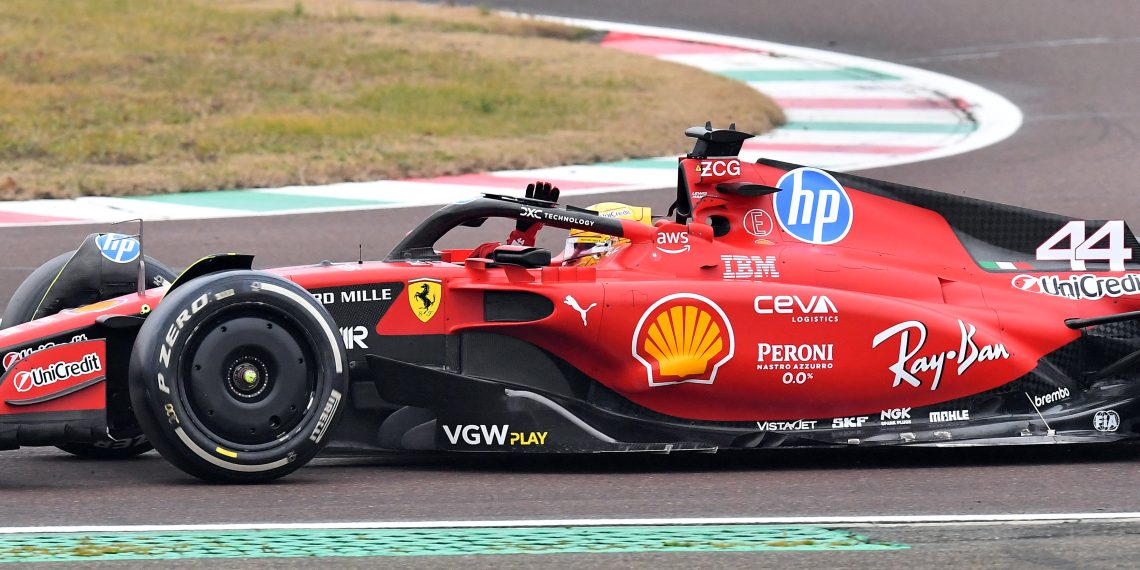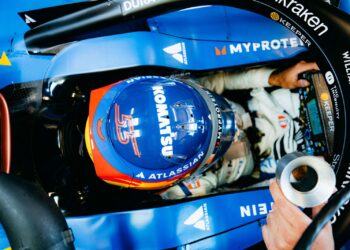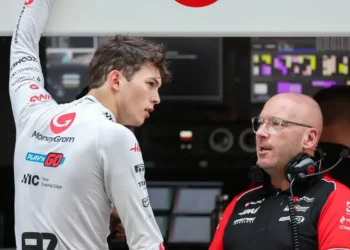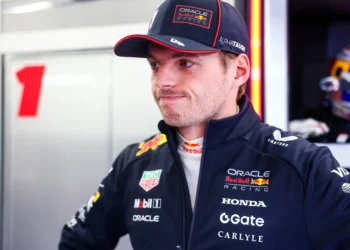Lewis Hamilton’s move to Ferrari has sent shockwaves through the Formula 1 world. The seven-time world champion, one of the most scrutinized and celebrated drivers in F1 history, now embarks on a journey with the sport’s most iconic team. But as history shows, the path for established F1 megastars at Ferrari has been anything but straightforward. Understanding the past offers valuable insight into what Hamilton’s future with the Scuderia might hold.
Ferrari’s history with megastars: a mixed bag
Over the years, Ferrari has welcomed some of F1’s biggest names, from Michael Schumacher and Kimi Räikkönen to Fernando Alonso and Sebastian Vettel. While their tenures were marked by varying degrees of success, the dynamics of their recruitment and tenure shaped their fates.
- Michael Schumacher (1996–2006): The gold standard. With the unparalleled support of Ross Brawn, Jean Todt, and a team built entirely around him, Schumacher led Ferrari to unprecedented dominance. His tenure was the exception, not the rule, in Ferrari’s approach to team-building.
- Kimi Räikkönen (2007–2009, 2014–2018): Recruited to replace Schumacher, Räikkönen won the 2007 title but lacked the leadership qualities to sustain long-term success. His laid-back style was a stark contrast to Schumacher’s hands-on approach, and Ferrari eventually sought a more proactive leader in Alonso.
- Fernando Alonso (2010–2014): A fiery competitor, Alonso demanded a team built around him. While initially successful, his tenure unraveled after strategic missteps and internal tensions, culminating in his emotional disconnect from the team.
- Sebastian Vettel (2015–2020): Brought in to replicate Schumacher’s formula, Vettel’s tenure was undermined by leadership changes and a lack of empowerment. The arrival of Charles Leclerc exposed vulnerabilities in Vettel’s standing within the team.
Hamilton’s unique position at Ferrari
Hamilton’s arrival at Ferrari differs significantly from his predecessors. Unlike Schumacher, Räikkönen, Alonso, or Vettel, Hamilton has not been brought in as the team’s long-term future or sole leader. Instead, he joins as an established megastar to complement Ferrari’s existing structure, particularly alongside Charles Leclerc.
Key distinctions in Hamilton’s situation:
- Not the sole focal point: Ferrari is not building its team entirely around Hamilton. Leclerc remains central to Ferrari’s future, and Hamilton’s role is more collaborative than hierarchical.
- Leadership stability: Under Fred Vasseur, Ferrari has moved away from the dysfunction of its post-Schumacher era. Vasseur’s calm yet authoritative leadership has created a more stable environment, free from the internal chaos that plagued Alonso and Vettel’s tenures.
- Hamilton’s experience with scrutiny: Unlike past Ferrari megastars, Hamilton is no stranger to intense scrutiny. Having navigated the pressures of his Mercedes era and the spotlight of being the sport’s most high-profile driver, he’s uniquely equipped to handle Ferrari’s demanding environment.
What Hamilton must do to succeed
Hamilton’s success at Ferrari will depend on several factors, both within and outside his control:
- Performance: Hamilton must quickly adapt to Ferrari’s car and match the performance of Red Bull, McLaren, and Mercedes. His ability to excel in qualifying—an area where he struggled in his final Mercedes season—will be crucial in staying competitive with Leclerc.
- Team dynamics: Collaboration with Leclerc is essential. Vasseur’s rapport with both drivers should help manage tensions, but Hamilton must navigate the balance between mentorship and competition with Ferrari’s young star.
- The team’s development: Ferrari’s engineering team must deliver a car capable of competing consistently across the season. Without a dominant machine, Hamilton’s legendary skills alone won’t be enough to secure titles.
A new era for Ferrari and Hamilton
Hamilton’s move to Ferrari is not a Schumacher-style rebuild, nor is it a last hurrah. It’s a strategic partnership, built on mutual respect and a shared ambition to end Ferrari’s title drought. For the Tifosi, the dream of Hamilton in red represents hope for a return to glory. For Hamilton, it’s a chance to cement his legacy by succeeding where other megastars have stumbled.
The formula for success is simpler than in the past: a stable team, a competitive car, and Hamilton’s undeniable brilliance. If Ferrari gets it right, the partnership with Hamilton could become one of the most memorable chapters in F1 history.










